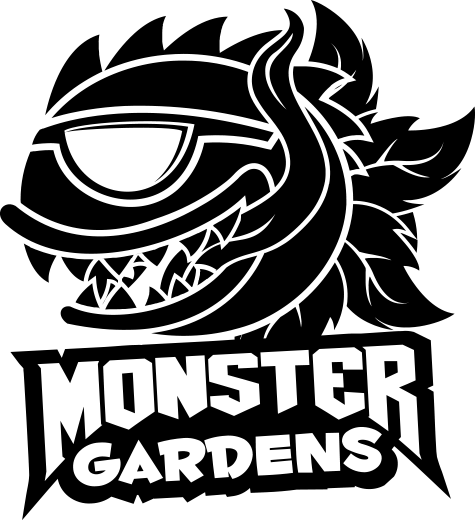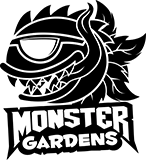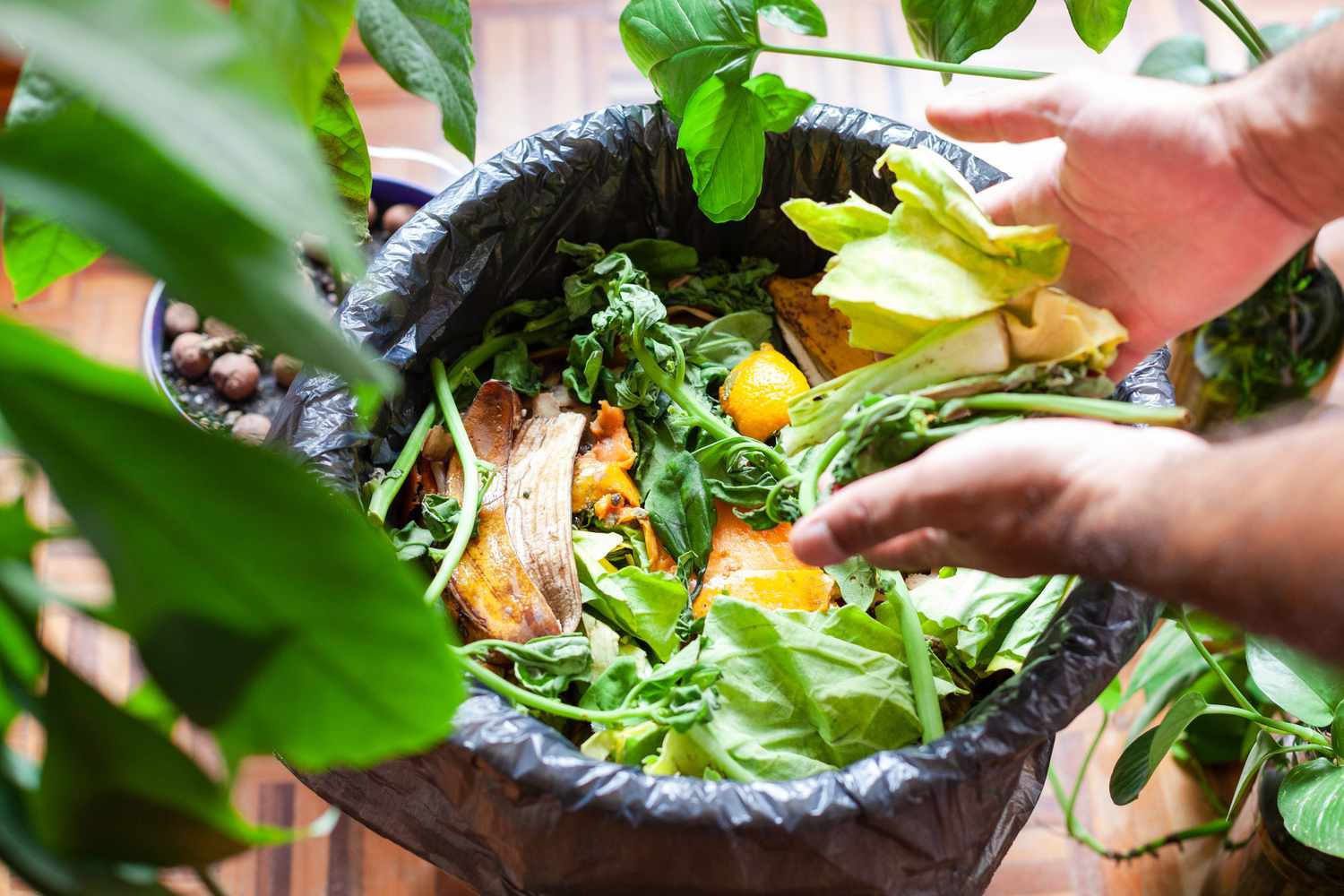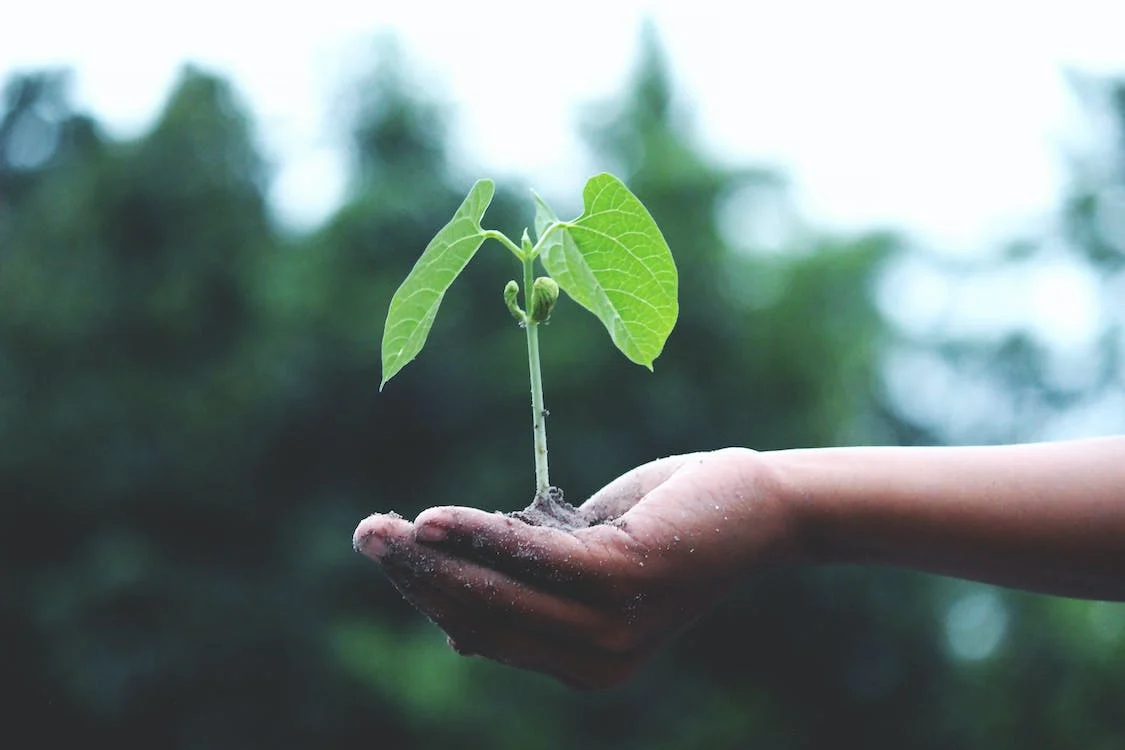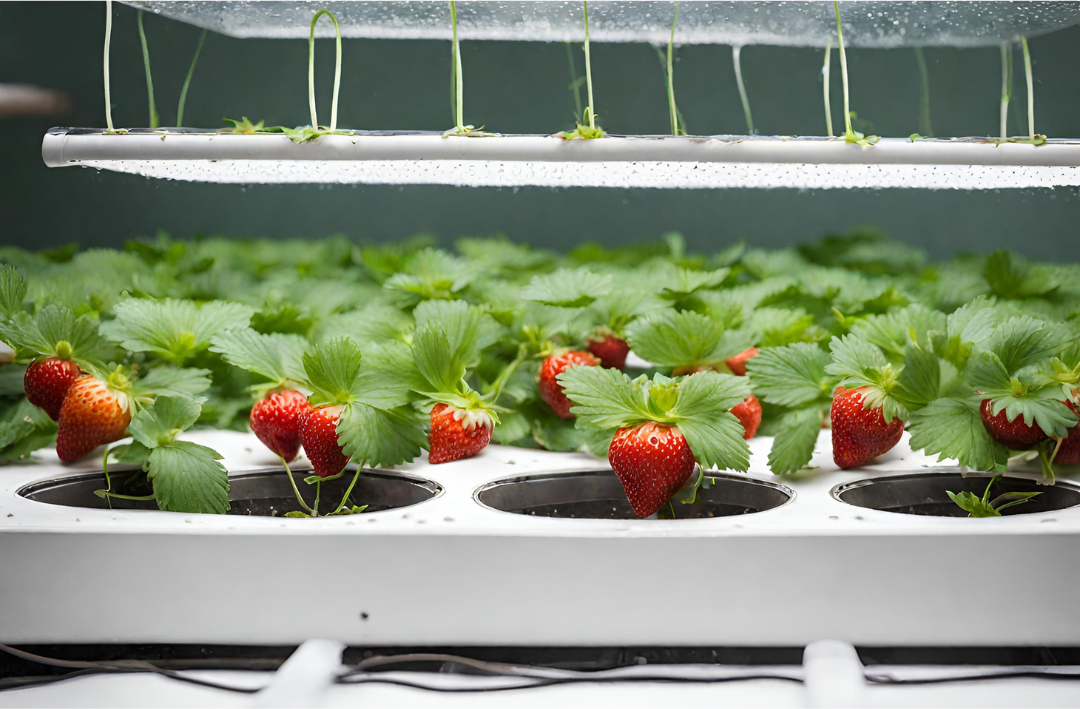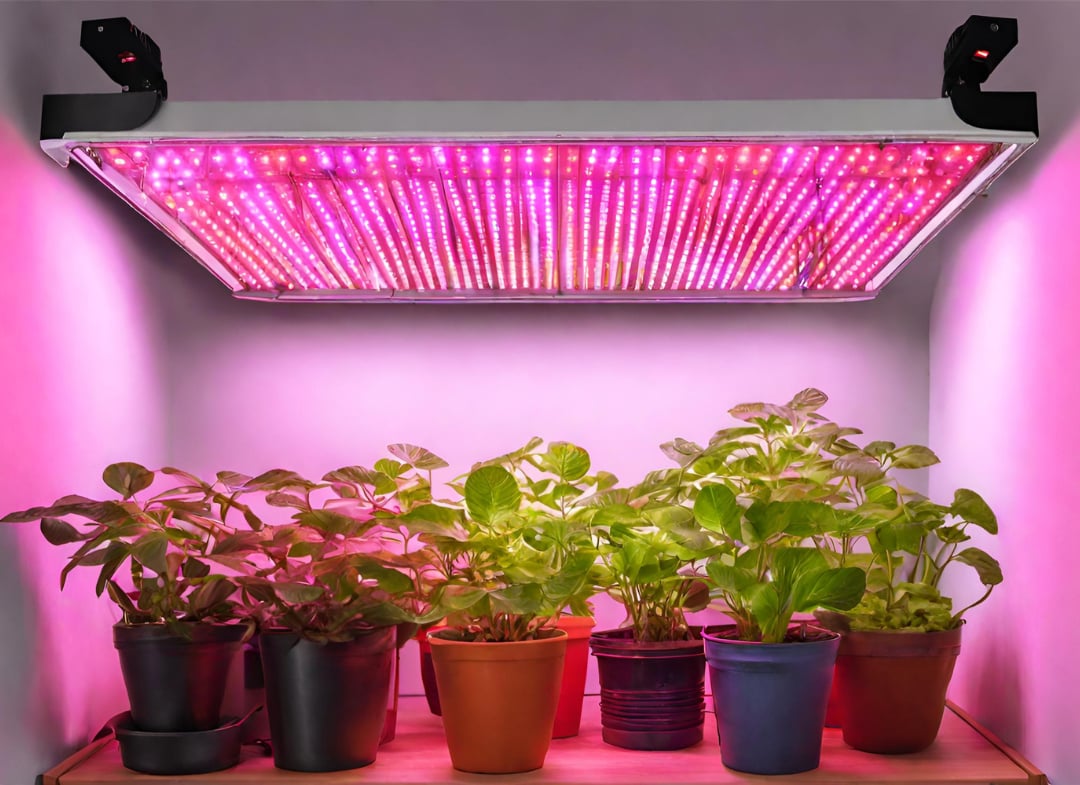
What are the Benefits of Vertical Hydroponics?
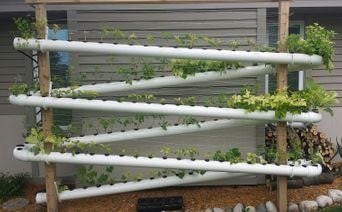
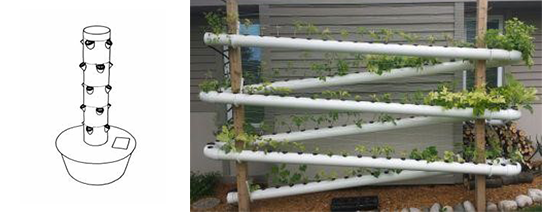
What is vertical hydroponics?
In vertical farming, plants are grown in stacked layers rather than horizontal rows. Vertical farming has become a popular method for indoor hydroponic farming, though it can also be also be done outside and is a great way to utilize limited backyard space. With more people living in cities and wanting to maximize their living spaces, vertical hydroponics is becoming a more viable option for growing plants and produce efficiently.
What are the Advantages of Vertical Hydroponics?
Space Savings: The most obvious reason to choose a vertical hydroponic set-up is the ability to grow food more with less space. A vertical system can potentially yield up to 5x more than a horizontal system, while reducing the amount of land used by up to 90%. In cities, vertical farming allows for people to utilize rooftops, where horizontal systems wouldn’t be efficient enough to expend the time and labor.
Furthermore, the root systems of plants in hydroponic systems are smaller because nutrients are fed directly to the plant. This means that plants can be spaced closed together without interfering with each other, as they don’t have to branch and search through soil in order to find their water and nutrients. While plants benefit greatly from their relationship to soil, there are still innovative ways to satisfy a plant’s fungal and probiotic needs in hydroponic farming.
Water Conservation: In vertical hydroponics, water and nutrients are fed to the plants from a central reservoir through a pump, and then drained back into the reservoir. In traditional outdoor farming, plants are watered every day and large amounts of water is lost and leached through the soil. Hydroponics ensures that plants get the most out of the water that’s being used.
Sustainability: An overall positive effect of vertical hydroponics is that more food can be grown closer to cities. As a result, transportation is both easier and more cost effective.
What are the disadvantages of vertical hydroponics?
Lighting: Though it’s easier to get more production out of a hydroponic system than a traditional garden set-up, there can be hefty costs when it comes to lighting. Outdoor gardening uses the natural light that comes from the sun, whereas indoor hydroponics requires an investment in grow lights. In addition, each plant in a vertical hydroponic system needs the receive the same amount of light, so there can often be a decent amount of labor and tinkering when it comes to maintenance and spacing. If growing indoors, definitely consider the amount you need to put in for both initial cost and energy usage each month.
Water Flow: It can be harder to get equal amounts of water to each plant in a vertical system, as the effect of gravity could bring more water to lower plants and less to higher plants. Additional labor is required to make sure that pumps and drainage are adequately serving each section of the system.
Types of Vertical Hydroponic Systems:
A tower garden is the most commonly-used vertical set-up. In this system, a series of plants are all connected to a single tower where water is pumped to the top layer of plants and then carried downward through gravity to the lower plants.
Another option is a zigzag system, in which multiple PVC pipes are arranged diagonally on a trellis. Similar to the tower system, water is pumped to the top and flows naturally to each plant via gravity.
A tower garden is more versatile, as it’s a great way to maximize space for indoor hydroponic farming as well as outdoors. If limited to outdoors, a zig zag system may require a little more space, but accommodates more plants than a tower.
Materials Needed to Start a Vertical Hydroponic System:
- PVC Pipe
- Large Bucket (5 gal.)
- LED Grow Lights
- End caps for pipe
- Vinyl hose
- PVC Epoxy
- Seeds
- Substrate for plant roots (such as rock wool)
- Netted Pots
- Pump
Tools Needed:
- Miter Saw & Jig Saw with fine blade
- Ruler
- Tape Measure
- Drill
- Drill Bits: ½” for pilot holes, 5/32” for hinges, 1/8” for water trays
- Soldering Iron
- U Clamps
If you’re considering getting started with hydroponic gardening or farming, vertical hydroponics is efficient and relatively easy compared to traditional outdoor gardening. While they’re may be start-up obstacles such as cost and lighting, experts at Monster Gardens can help find the best and most cost-effective materials and set-ups.
About the Author

